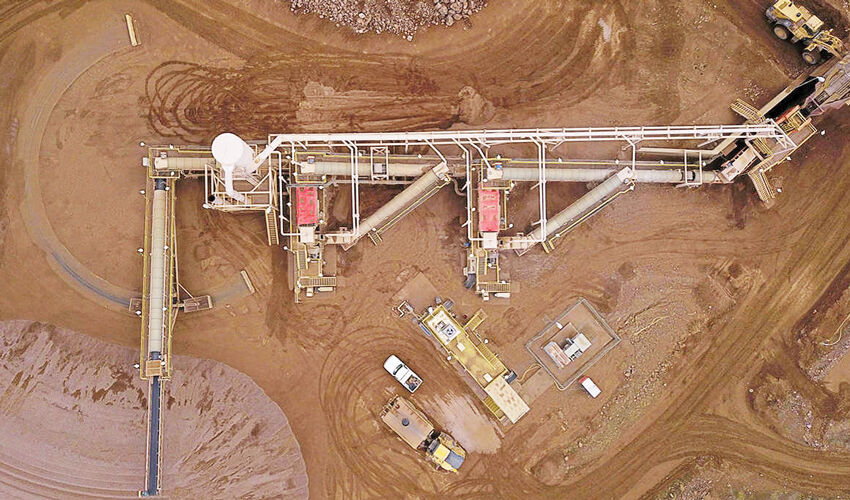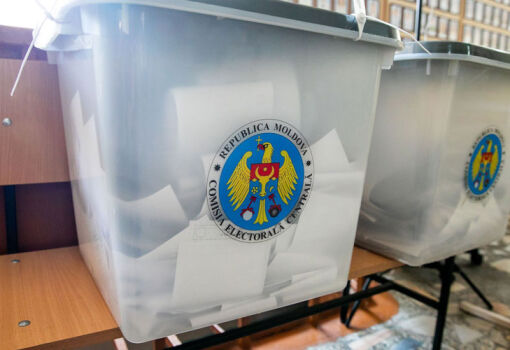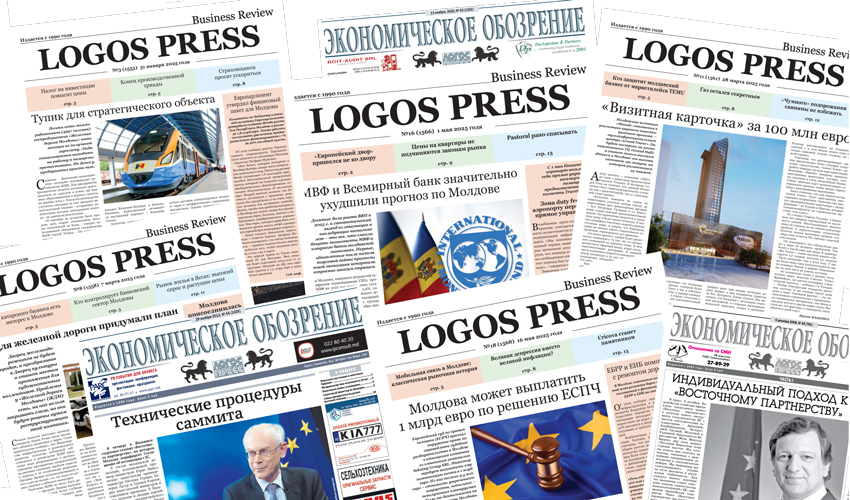
Russia believed that energy dependence would force Europe to come to terms with its invasion of Ukraine in 2022, and that calculation has proved partly correct: Europe is having a hard time weaning itself off Russian oil. Moreover, energy deals underpin Russia’s improved relations with India and China, providing the economic basis for a new anti-American coalition.
China is in an equally strong position because of its control over strategic raw materials and their processing, especially rare earths and other crucial minerals. Gallium and germanium are key components not only in green energy technologies but also in LEDs, fiber optics and high-performance electronic devices. And antimony, also predominantly sourced from China, is critical for high-performance military equipment and as a flame retardant.
In response to U.S. President Donald Trump’s announcement of “liberation day” tariffs in April, China imposed new restrictions on seven additional rare earth elements: samarium, gadolinium, terbium, dysprosium, lutetium, scandium and yttrium. Without showing proper awareness of their importance, the Trump administration was forced to retreat almost immediately on several fronts of its trade war.
The U.S. is trying to emulate Russian and Chinese strategies by ramping up energy production and investing public money in rare earths. But both of these attempts are problematic.
While oil and gas production may increase in the short term, in the long term new investments in drilling and pipelines will be required. Yet as the marginal cost of non-carbon energy continues to fall precipitously, energy companies are prudently reluctant to invest in fossil fuels. This means that the current U.S. drive will be just a flash in the pan.
Rare earth development is more likely, but it will take time. From the 1960s through the 1990s, the Mountain Pass mine in Southern California was the world’s primary source of rare earth metals. But in recent decades, various U.S. operators who got into the business ended up going bankrupt.
The newest U.S. rare earth company, MP Materials, began operations in 2017 and has already secured its future by providing the Pentagon with a $400 million equity stake and a guarantee to buy the minerals it mines. But while Trump’s state capitalism may prevent future bankruptcy, it can’t work miracles. MP’s key investment, the 10X Facility, won’t start producing until 2028 or later.
So, desperate to do something more effective, the Trump administration has turned to the most obvious and widely discussed lever: the dollar. Back in the 1960s, Valéry Giscard d’Estaing, then France’s finance minister, famously complained that the dollar’s global primacy gave America “exorbitant privileges” in the world economy. Now Trump seems eager to test the limits of that privilege, even as he pursues other priorities (such as threatening the independence of the U.S. Federal Reserve) that undermine it.
There is a long tradition of examining the different and unreliable roles of international currencies over time. At the beginning of the British pound’s long ascendancy, Walter Bagehot, the great nineteenth-century editor of The Economist, wrote that “the shortest and truest way to describe” the British financial system is to call it “the greatest combination of economic power and economic delicacy the world has ever seen.”
The same argument can be applied to the US dollar today. As a recent IMF report shows, the dollar is undeniably at the center of the global financial system. But trade and finance move at different speeds because the former depends on the exchange of products and the latter is simply a platform. If one financial platform has problems, it can be changed. Significant sunk costs have not prevented Genoa, Antwerp or Amsterdam from losing their positions as world financial centers.
Moreover, it is easier and much faster for other countries to develop an alternative to the dollar than for America to suddenly develop its own rare earth industry. It is enough to open one’s eyes to see currencies that are not burdened by huge fiscal problems, high deficits and growing debts.
Consider Facebook’s Libra initiative in a much more stable world – launching a blockchain-based currency comparable to a basket of other currencies. While this initiative immediately encountered opposition from the US and the EU, there were no technical obstacles to its implementation. Whereas alternatives to the dollar – such as the euro or the yuan – had previously looked implausible, blockchain is now making the old dream of a global currency possible.
Of course, the Trump administration believes that stable coins backed by the U.S. dollar will increase demand for Treasury bills and bonds, making it easier for the U.S. to service its massive national debt. But while almost all stable coins are indeed pegged to the dollar, all it takes is one U.S. financial crisis, or even a hint of one, to create an incentive to issue coins pegged to a basket of other strong currencies (such as the Australian, Canadian and Hong Kong dollars, the Norwegian and Swedish krona, and the Swiss franc). A resourceful issuer of a new synthetic currency might even add some pure cryptocurrencies and almost certainly include the world’s most trusted monetary guarantor, gold.
In any case, Trump is impatient in asserting America’s role in the world. He loves quick results and despises losers. But despite the abundance of talent and ingenuity in the country, he has chosen a fight he is unlikely to win. The growing risk to the dollar’s global role will convince.
Harold James,
professor of history and international relations at Princeton University,
author most recently of Seven Crashes: The Economic Crises That Shaped Globalization.
(Yale University Press, 2023).
© Project Syndicate, 2025.
www.project-syndicate.org













